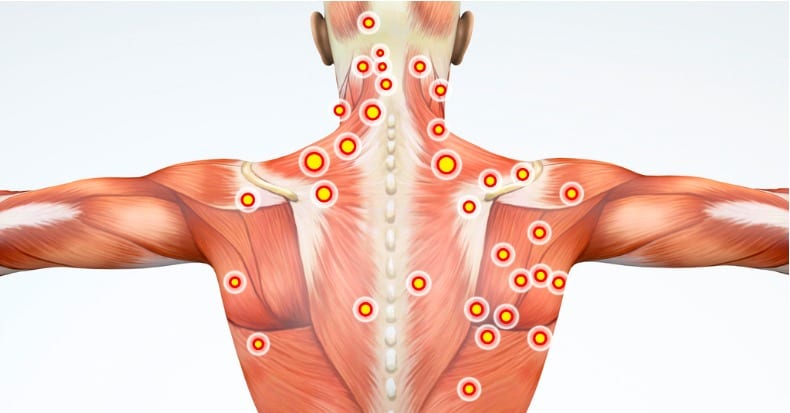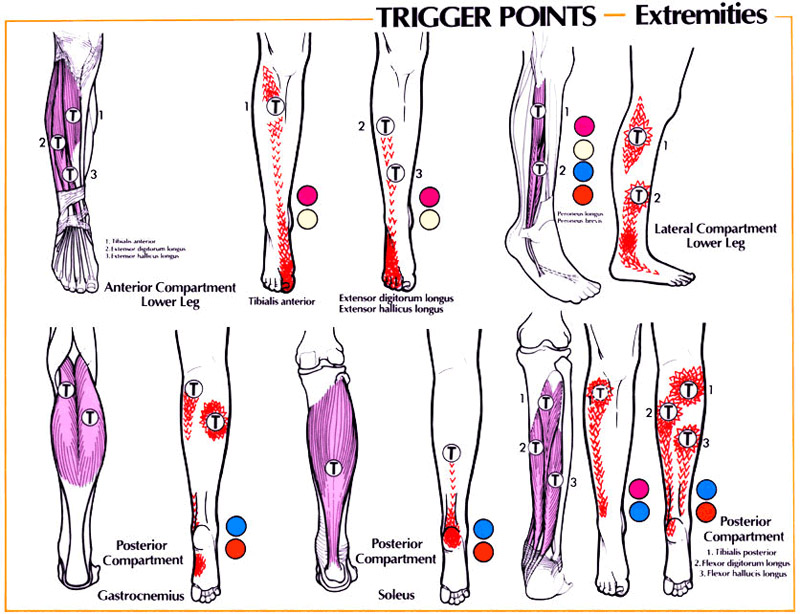
Others feel that it is a syndrome that involves some internal derangement of the TMJ plus associated local muscle soreness. Many physicians and dentists alike insist on calling it myofacial pain and think of it as a myalgia of the facial and masticatory muscles. What is ‘myofascial’ pain? Myofascial pain, as defined by Travell and Simons, is a referred pain syndrome associated with focally tender trigger points (TrPs) in skeletal muscle that are characteristically distant from the site of pain. When present, these painful intrinsic joint disorders were almost exclusively due to an inflammation of the TMJ joint capsule or the retrodiscal tissues, not from clicks, pops or creptitus.

In contrast, only 21% of these patients had an intrinsic temporomandibular joint disorder as the primary cause of pain. Myofascial pain was the primary diagnosis in 55.4% of these patients. In another study conducted at this same university orofacial pain clinic, doctors prospectively evaluated 296 consecutive patients with chronic head and neck pain complaints. In a retrospective analysis of data collected on 493 consecutive patients referred to the University of Minnesota TMJ and Facial Pain Clinic for “idiopathic or atypical pain”, 54.2% had myofascial pain as the primary diagnosis. MFP is the most prevalent cause of unexplained orofacial pain and painful symptoms in temporomandibular disorders.


However, less well appreciated is the fact that, once acute dental pathology has been ruled out, “pain of muscle origin is the most common cause of suffering about the neck, head and face.”Īfter acute muscle problems, the most common, yet underappreciated muscle disorder that causes chronic or persistent pain in the head, neck, and facial region is myofascial pain (MFP). Acute myospasm or “trismus” is well known to the dental professional, and myalgia (generalized muscle tenderness) is typically expected with temporomandibular joint disorders.


 0 kommentar(er)
0 kommentar(er)
